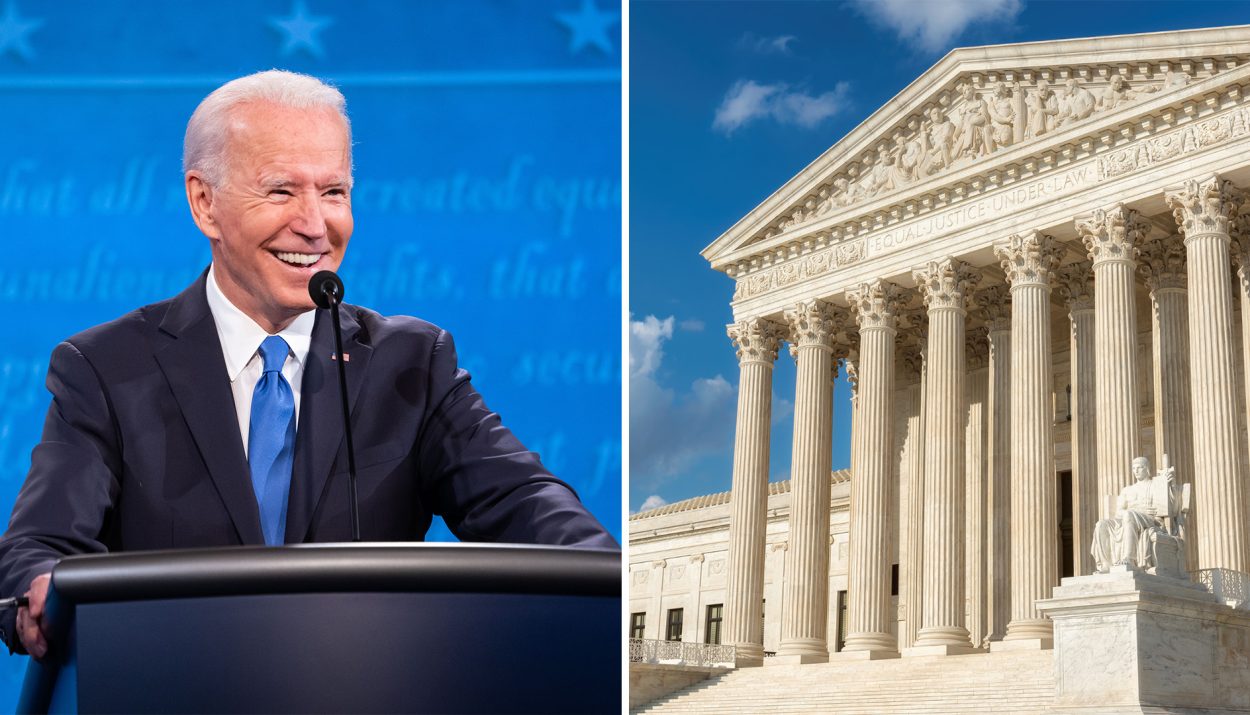The Supreme Court recently heard arguments in a case that could rewrite the First Amendment, essentially giving the U.S. government the right to censor social media posts, if they want to. The justices have yet to cast their ruling, but they’re expected to rule in favor of Joe Biden – here’s what that means!
What Is Murthy v. Missouri?
Murthy v. Missouri is a pending case in the Supreme Court of the United States. It was filed by Missouri Attorney General Eric Schmitt and Louisiana Attorney General Jeff Landry in May 2022.

Schmitt and Landry accused Joe Biden and several other top-ranking government officials of working with social media giants (such as Meta, Twitter, and YouTube) to censor and suppress free speech related to election integrity, COVID-19, and more.
First Judge Ruled Against Biden
Initial hearings for the case took place in May 2023, and an initial ruling was issued by Judge Doughty on July 4, 2023. The court ruled in favor of the plaintiffs – arguing that the Biden Administration overstepped its authority.

As a result, a preliminary injunction was issued against the government for ‘the purpose of urging, encouraging, pressuring, or inducing in any manner the removal, deletion, suppression, or reduction of content containing protected free speech.’
Appellate Court Upholds Ruling
One day after the initial ruling was issued, the Department of Justice filed its appeal of the decision—which was expected. The United States Court of Appeals for the Fifth Circuit granted a temporary administrative stay of the injunction on July 14.
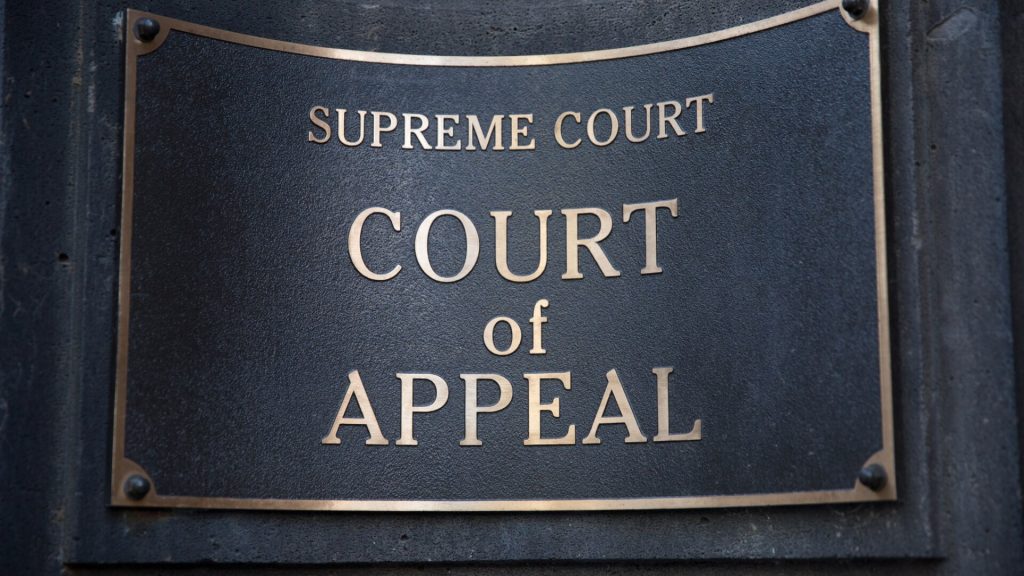
The Fifth Circuit upheld the court ruling two months later, on September 8. A temporary stay was issued by Justice Samuel Alito on September 14, and remained in place until September 27 – giving both sides an opportunity to argue the appeal.
Supreme Court Gets Involved
The Supreme Court of the United States (SCOTUS) decided to intervene in October 2023, when it agreed to hear the case. In doing so, it lifted the preliminary injunction imposed on the Biden Administration.

Three of the justices – Samuel Alito, Clarence Thomas, and Neil Gorsuch – were against lifting the injunction, arguing that the government’s censorship on social media was ‘antithetical to our democratic form of government.’
Prosecutors Accuse FBI Of Wrongdoing
The Supreme Court heard nearly two hours of arguments on March 18, most of which was spent accusing the FBI of communicating with Facebook, X (formerly known as Twitter), and others to remove certain posts from their platforms – known as jawboning.

Jawboning, as defined by the Knight First Amendment Institute at Columbia University, refers to ‘informal government efforts to persuade, cajole, or strong-arm private platforms to change their content-moderation practices.’
Justice Amy Coney Barrett Says It Happens Often
Justice Amy Coney Barrett, who was appointed to the SCOTUS by former President Donald Trump in 2020, was a little confused at the prosecution’s argument – claiming that the FBI regularly communicates with social media platforms.
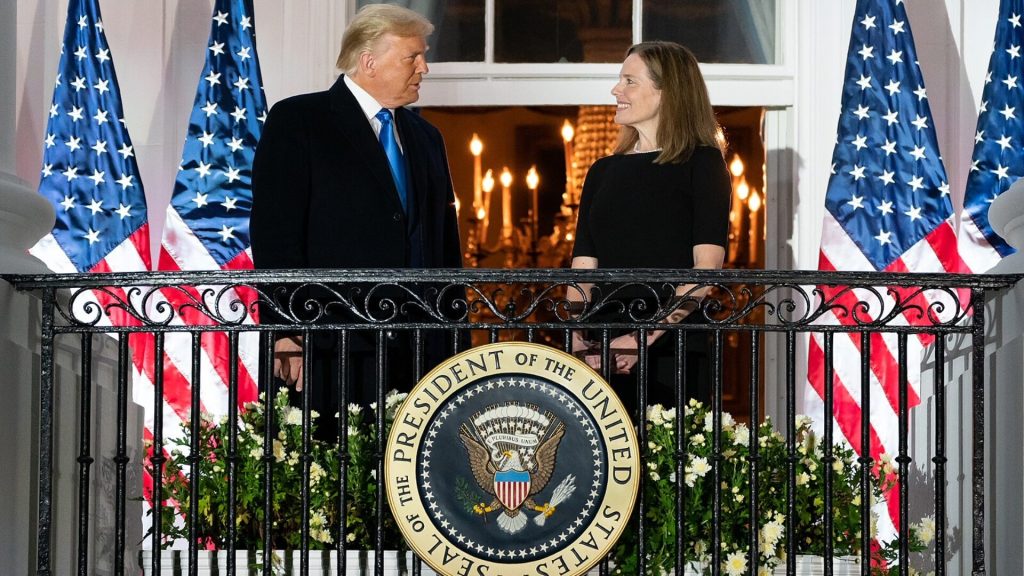
“Do you know how often the FBI makes those calls?” she asked during the hearing. She also expressed concern over several court errors and questioned whether the ruling would prohibit the government from contacting social media platforms about individuals being doxxed.
What Is Doxxing?
According to the International Encyclopedia of Gender, Media, and Communication, doxxing refers to the intentional revelation of a person’s private information online without their consent, usually with malicious intent.
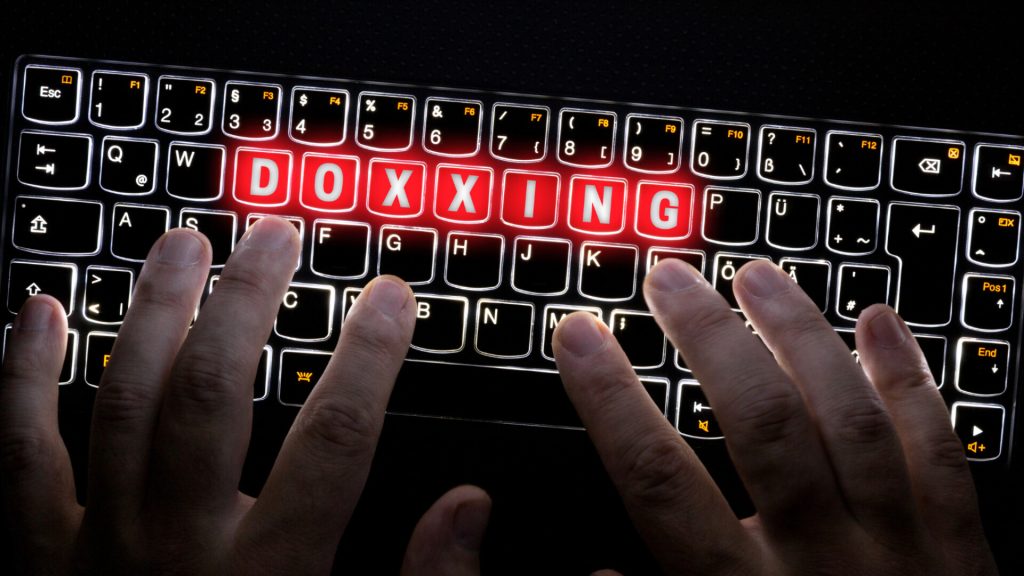
In most instances, social media platforms outlaw doxxing as a violation of community standards. This is especially true with Meta (which owns Instagram and Facebook), X (formerly known as Twitter), and even TikTok.
There’s No Concrete Evidence Against The FBI
While prosecutors attempted to prove wrongdoing by government officials, the Department of Justice argued that they had no way of proving when/if the removal of posts was a result of government pressure or a violation of the platform’s standards.

If a post violates community standards, platforms reserve the right to delete or censor it—with or without government intervention. The prosecution wouldn’t really have a case if it couldn’t distinguish between the two.
Justice Elena Kagan Shares That Sentiment
During the hearing, Justice Elena Kagan – who was nominated by former President Barack Obama in 2010 – agreed that it would be difficult to determine what censorship efforts are attributed to the government versus the social media platform.
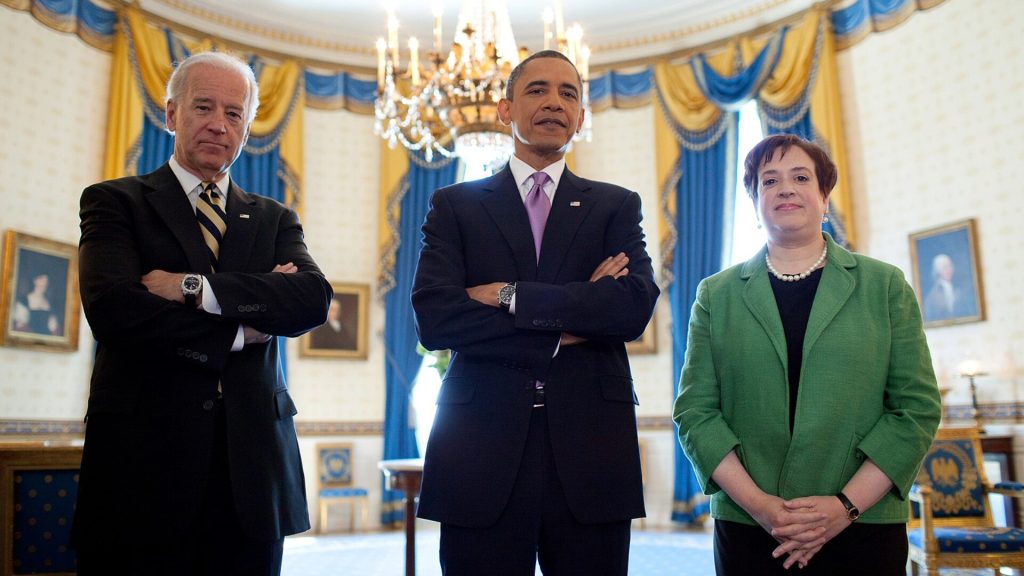
“We also know that the platforms are actively content moderating, and they’re doing that irrespective of what the government wants, so how do you decide that it’s government action as opposed to platform action?” Kagan said.
Emails Show White House Communicating With Platforms
That said, the Supreme Court was presented with evidence in the form of emails sent from the White House to various social media platforms. The problem with the evidence is it shows the government ‘pestering’ platforms to remove content – but not explicitly forcing them to.

Prosecutors argued that it was enough to constitute an abuse of power, but the Department of Justice argued that this type of communication is common – and social media companies have the right to ‘say no to the government’ if they don’t want to comply.
Why Do We Need Government Regulation?
While some people believe the government overstepped its boundaries by suggesting certain posts be removed or censored by social media platforms, others agree that government intervention and regulation are necessary.

In fact, some people say it’s part of the government’s duty – to protect its citizens from a cesspool of dangerous misinformation online. Of course, most people say only a moderate amount of intervention is necessary.
One Plaintiff Says It Shouldn’t Be About Politics
And while there’s a political aspect to this argument – Democrats intentionally censoring Republicans, and vice-versa – one plaintiff (Aaron Kheriaty) believes framing this as a political issue is dangerous, to say the least.
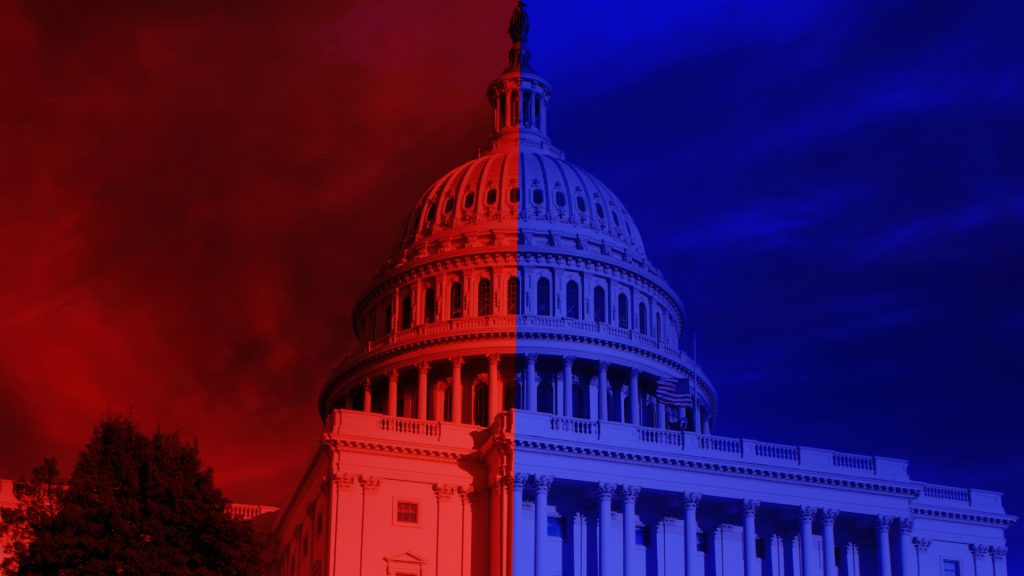
“While people may be sympathetic to the current administration’s aims and goals, I think they’re going to think very differently about this question if a new administration is using that same infrastructure for other purposes,” he argues.

